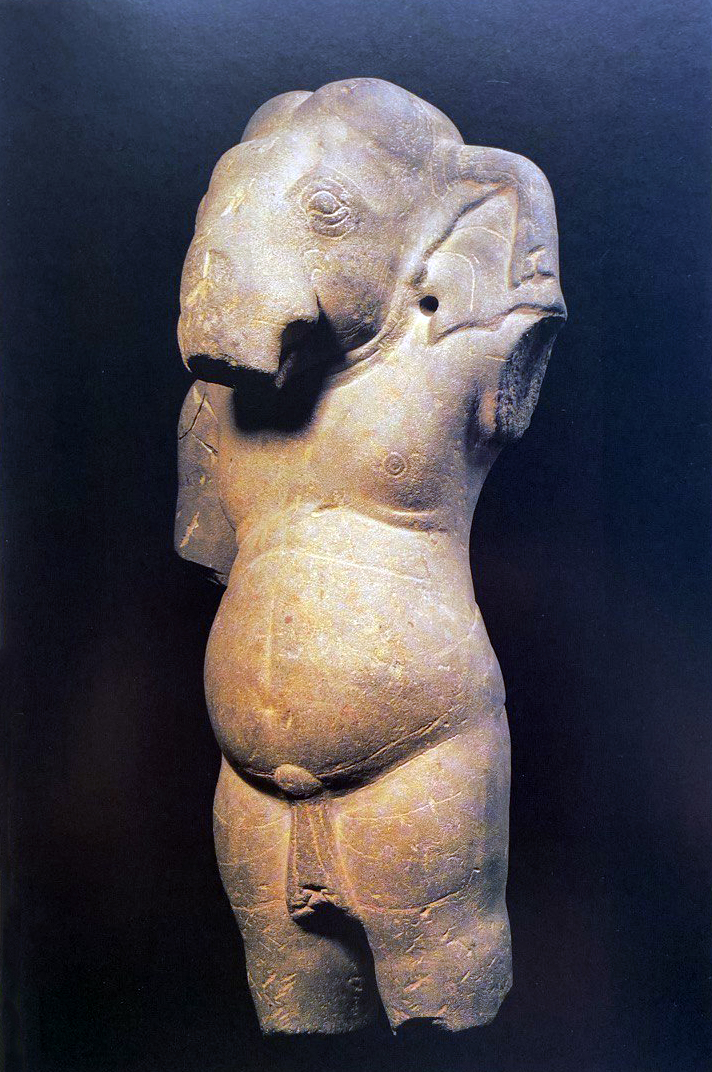The Equinox at Angkor Wat in Cambodia is a remarkable astronomical event that occurs twice a year, during the spring equinox (around March 20-23) and the autumn equinox (around September 21-23). During these times, the sun rises directly over the central tower of Angkor Wat, aligning perfectly with the temple’s western entrance. This creates a stunning visual spectacle, where the sun’s rays illuminate the temple in a way that highlights its architectural brilliance and cosmic significance.
This phenomenon is no coincidence. Angkor Wat, built in the early 12th century by King Suryavarman II, was designed with precise astronomical alignments in mind. Dedicated to the Hindu god Vishnu, a solar deity, the temple reflects the Khmer civilization’s advanced understanding of astronomy, engineering, and mathematics. The equinox sunrise emphasizes this connection between the earthly and the divine, a deliberate feature of its construction. Scholars suggest that the temple’s layout, including its bas-reliefs and pathways, may also encode calendrical functions, such as marking the days between solstices and equinoxes.
Today, the event attracts thousands of visitors to Siem Reap, where Angkor Wat is located. People gather before dawn—often arriving as early as 5:00 AM—to witness the sunrise, which typically begins to align around 6:00-6:30 AM local time. The experience is both a cultural and spiritual moment, offering a glimpse into the ingenuity of the ancient Khmer architects. For the best view, visitors often position themselves near the western entrance or the reflection pools, though it can get crowded, especially during the spring equinox, which coincides with Cambodia’s dry season and clearer skies.
If you’re planning to attend, arriving early is key to securing a good spot, and bringing a camera is a must to capture the moment when the sun crowns the temple’s iconic lotus-shaped tower. The next equinox, given today’s date of March 22, 2025, is ongoing—today is one of the prime viewing days for the spring event! The autumn equinox will follow later this year, around September 21-23, 2025.
#Moha Nokor


0 comment




 Monks
Monks

 Group
Group Buddha Dhamma Monk
Buddha Dhamma Monk Puthichak IT
Puthichak IT buddha dharma monk
buddha dharma monk  BuddhaChak IT
BuddhaChak IT  Cambodia4World
Cambodia4World  Bokator Cambodia
Bokator Cambodia  Monk Cambodia
Monk Cambodia Economic Buddhism
Economic Buddhism  Lbokator Khmer
Lbokator Khmer  Housewife Khmer
Housewife Khmer  Kun Lbokator
Kun Lbokator Preap News
Preap News  Sampeah News
Sampeah News  Kampuchea Chef
Kampuchea Chef 





















































